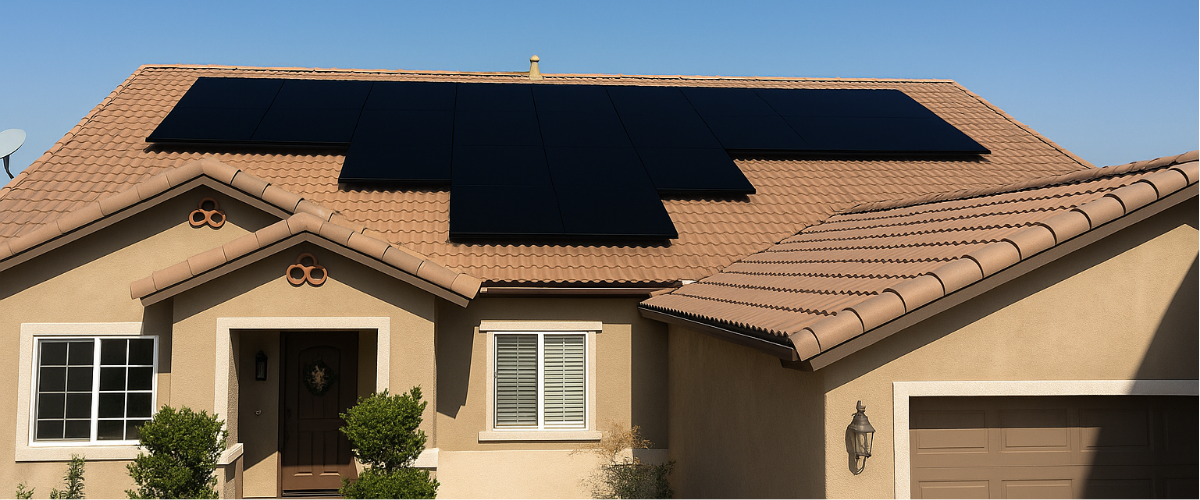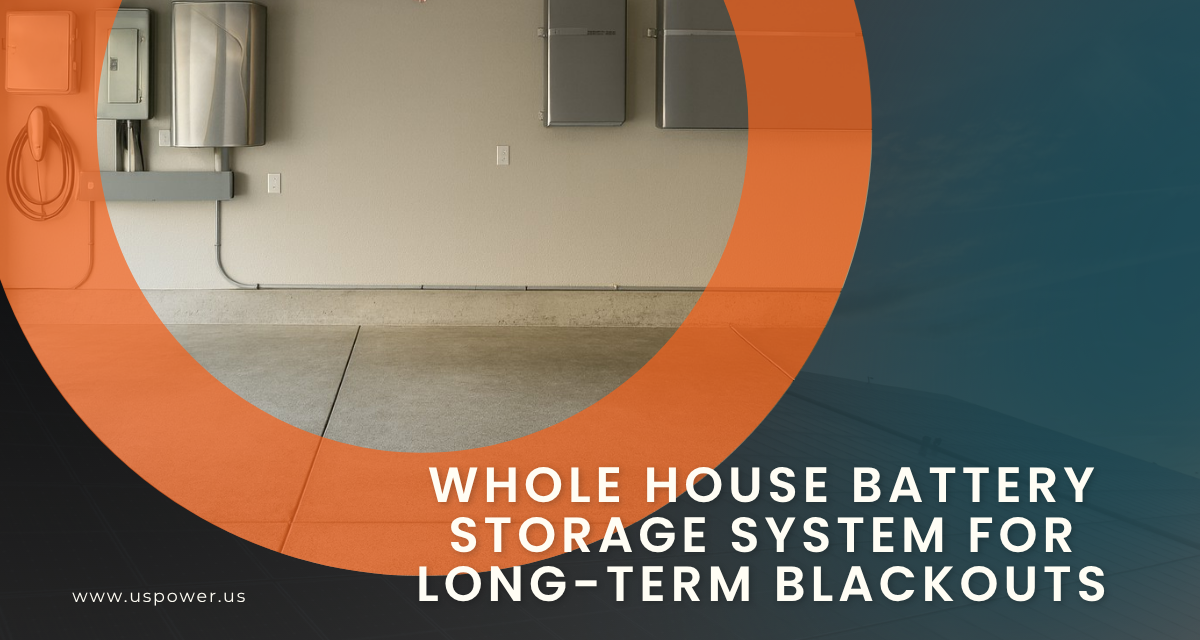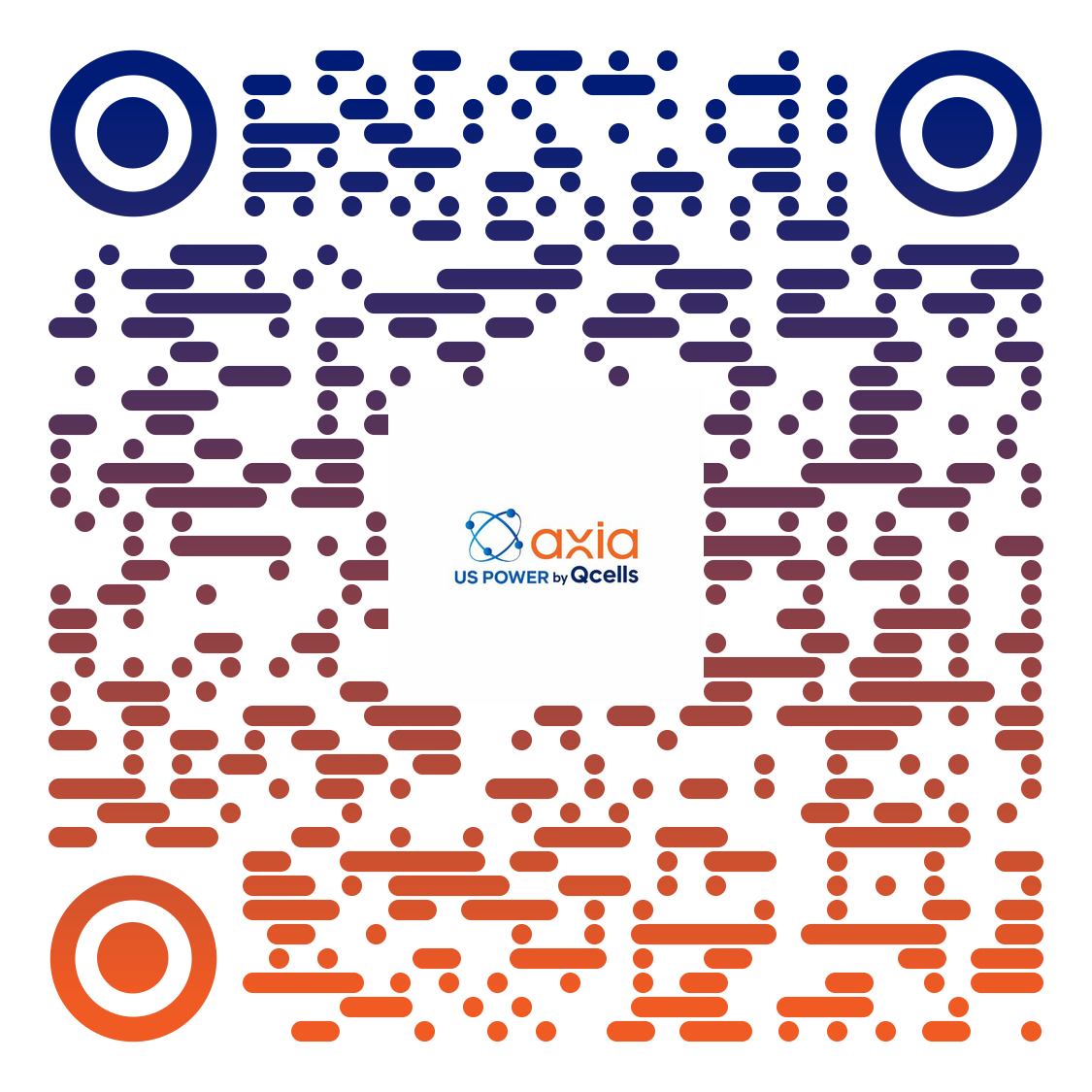Debunking the Solar “Cost Shift” Myth in California

Solar and Roofing Advisor
Think rooftop solar drives up utility bills? Discover how recent studies show solar has saved Californians billions—and why it's delivering benefits, not costs.

Over the past few years, California’s rooftop solar boom has sparked a heated debate. Utilities argue that solar customers cause a “cost shift,” forcing non-solar households to shoulder higher rates. Homeowners hear conflicting messages, and confusion spreads. In 2025, as energy bills rise and the grid faces new challenges, it’s more important than ever to separate fact from fiction.
US Power, a local Southern California solar expert, breaks down what the cost-shift controversy really means—and why clean, distributed energy benefits everyone.
What Is the “Cost Shift”?
The term describes a claim: when homeowners generate their own electricity, they buy less from the utility, yet still rely on power lines and maintenance. Critics say solar users aren’t paying their “fair share,” leaving other ratepayers to cover grid expenses. Utilities use this narrative to justify changes like California’s Net Energy Metering (NEM) 3.0 billing rules.
But the story isn’t that simple.
Why the Claim Doesn’t Tell the Whole Story
- Avoided Grid Costs
Rooftop solar reduces strain on the grid during expensive peak hours. Lower peak demand means fewer costly upgrades to power plants, substations, and transmission lines—savings shared by everyone. - Cleaner Air and Health Benefits
By cutting fossil fuel generation, distributed solar reduces greenhouse gases and harmful pollutants. Fewer asthma attacks and reduced health care costs translate to billions in societal benefits not reflected on a utility bill. - Localized Energy Security
Neighborhood solar paired with batteries helps prevent outages and supports grid resilience during extreme weather. That’s value every customer enjoys, even if they don’t have panels. - New Studies Challenge the Myth
Independent analyses in 2024 showed rooftop solar and storage offset billions in infrastructure investments statewide. Far from shifting costs, customer-owned energy often saves ratepayers money over time.
The 2025 Reality: Shared Savings, Not Shifting Costs
California’s energy system is evolving. With NEM 3.0, export credits dropped, making on-site consumption and battery storage more attractive. Yet the fundamentals remain: every kilowatt produced locally is one the utility doesn’t need to buy or transmit. That efficiency lowers overall system costs and speeds the state’s clean energy transition.
How US Power Supports Fair, Affordable Solar
- Factory-Direct Pricing – Our exclusive partnership with Qcells delivers top-tier, American-made panels at lower costs.
- Smart System Design – We size your system to maximize self-consumption, battery compatibility, and long-term savings under NEM 3.0.
- Transparent Guidance – We explain utility rules clearly, so homeowners understand payback timelines and incentives.
US Power’s local expertise means you’re getting accurate insights—not utility spin.
Don’t let myths keep you from saving. Solar still cuts electricity costs, boosts home value, and supports a cleaner California. Contact US Power today for a free, no-pressure consultation and learn how Qcells technology plus smart design can help you thrive under today’s rules.
Artículos relacionados
Nuestros blogs relacionados
Restore lost energy and protect your solar investment with QCells through US Power.
Never fear a collections threat—Qcells brings fair, local solar you can trust.
SoCal’s trusted solar + battery installation experts. Reliable power for your home.
Nuestros socios de marcas de energía solar y techos








Empoderamos a las comunidades y las empresas para que aprovechen las energías limpias y renovables energía solar soluciones que impulsan el crecimiento sostenible.
Derechos de autor © 2025 US POWER | Energía solar y techosUS Power - Axia by QCells. All Rights Reserved.
La privacidad es importante para nosotros, por lo que tiene la opción de deshabilitar ciertos tipos de almacenamiento que pueden no ser necesarios para el funcionamiento básico del sitio web. El bloqueo de categorías puede afectar a su experiencia en el sitio web.
Imprescindible
Estos elementos son necesarios para habilitar la funcionalidad básica del sitio web.
Personalización
Estos elementos permiten que el sitio web recuerde las elecciones que ha realizado (como el nombre de usuario, el idioma o la región en la que se encuentra) y proporcionan funciones mejoradas y más personales.
Mercadeo
Estos artículos se utilizan para ofrecer publicidad que sea más relevante para usted y sus intereses.
Analítica
Estos elementos ayudan al operador del sitio web a comprender cómo funciona su sitio web, cómo interactúan los visitantes con el sitio y si puede haber problemas técnicos.
Nosotros y nuestros socios externos utilizamos cookies y otras tecnologías para mejorar y rastrear su experiencia en este sitio, realizar análisis y personalizar el marketing para usted. Al usar el sitio, aceptas que usemos estas tecnologías, incluido el registro y el monitoreo de tus interacciones con el sitio.
¡Obtenga una estimación solar instantánea usando el satélite!










